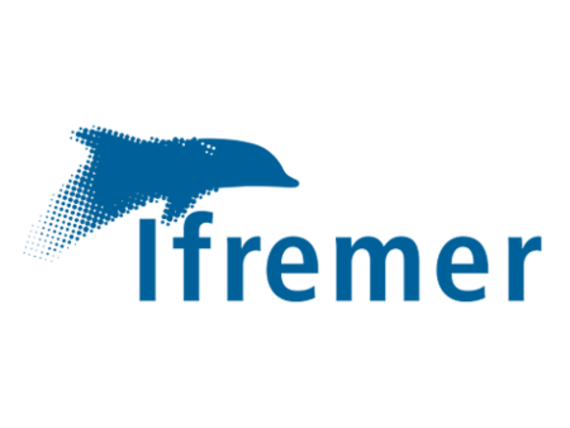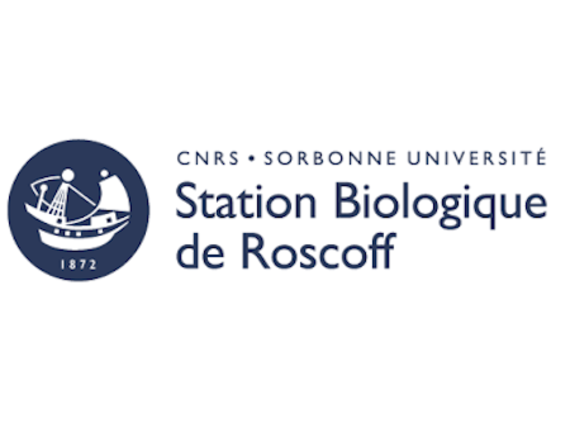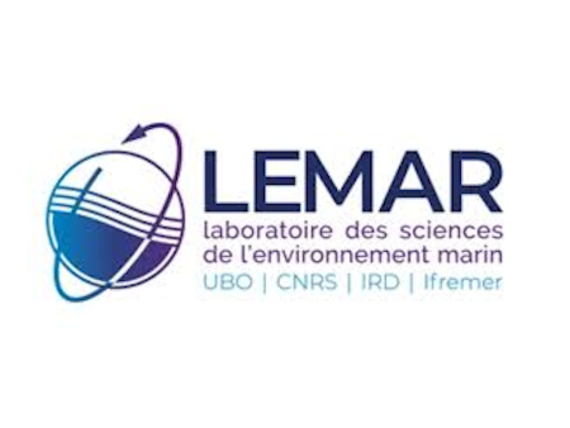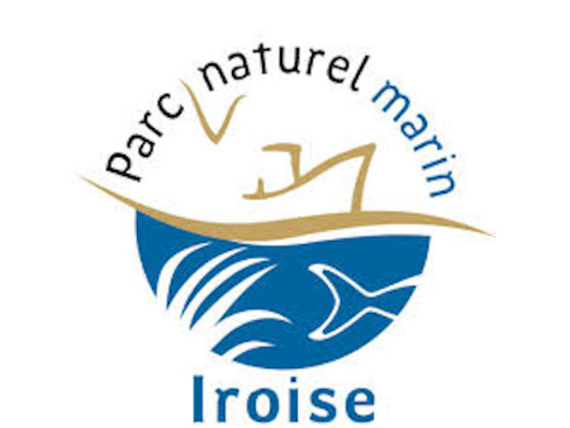Distribution of Meroplankton Across Oceanic Fronts: A DNA Metabarcoding Approach (DIaMOND)
Postdoctoral position of Manoela Brandão (2019-2021)
When and where can we find marine invertebrate larvae in the Iroise Sea? Do the larvae of certain species often occur together? And are their distribution influenced by marine fronts in the area?
Marine fronts are areas where two different water masses come into contact. Mixing between water masses often results in higher nutrient availability and greater phytoplankton production, which impacts the rest of the food web, affecting the distribution of life forms as diverse as plankton, crustaceans, fish, marine mammals and birds.
The Iroise Sea, including its encompassed bays, constitutes an interesting environment because this is where warm waters from the Bay of Biscay transition into the cool waters from the English Channel. It is also an area of strong currents resulting from winds and tides. In the heart of the Iroise Sea, a particular mixing zone has been found, called the Ushant Front. The Ushant Front is the dominant oceanographic feature during summer in this region, separating mixed coastal waters from stratified open waters.
Our main objective is to examine whether benthic invertebrate larvae (meroplankton) aggregates at the Ushant Front. To do this, we collect plankton in various sites in the Bay of Brest, in the Bay of Douarnenez and along two transects that cross the Ushant Front and at different time points. We will then use high-throughput sequencing technology combined with DNA barcoding to identify the whole community in each plankton sample.
Our goal is to characterize the spatio-temporal distribution of meroplankton in the Iroise Sea to better understand how marine fronts influence planktonic community structure.










